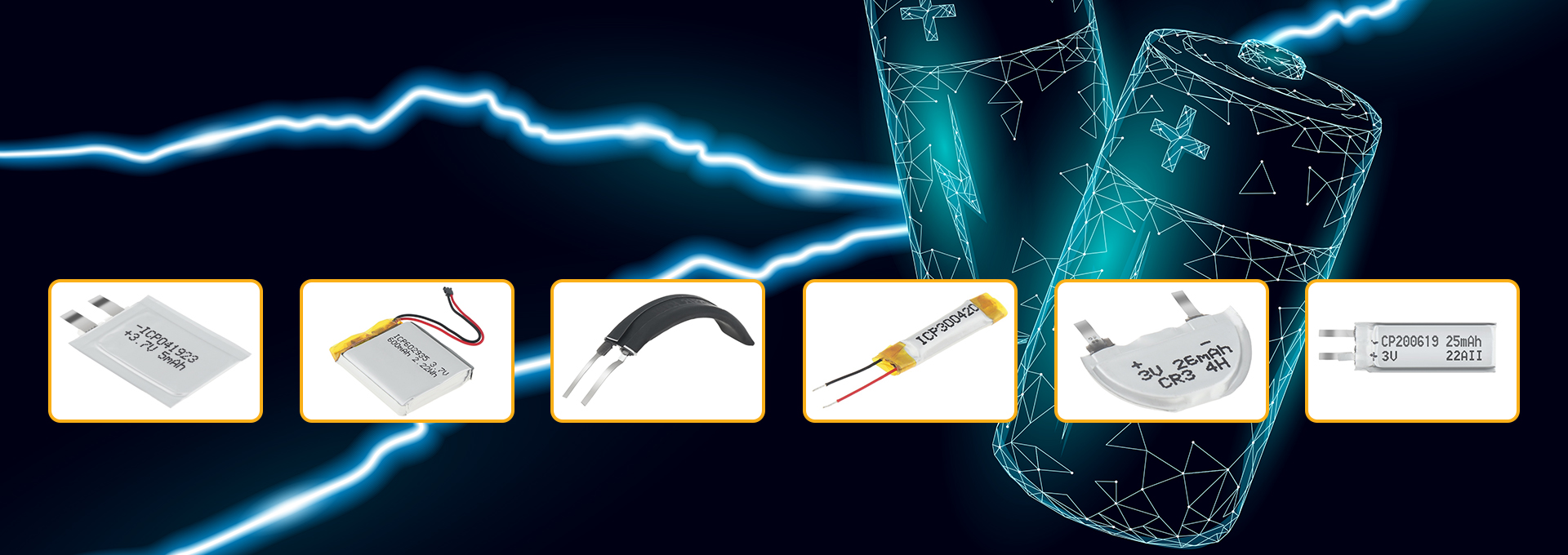The usage characteristics and performance are very different
Internal structure and reaction principle
Rechargeable battery:
Rechargeable battery is also called secondary battery, and the internal chemical reaction is reversible. Take the common lithium-ion rechargeable battery as an example, it is mainly composed of positive electrode, negative electrode, electrolyte and diaphragm. When charging, lithium ions are released from the positive electrode material, migrate to the negative electrode through the electrolyte, and embed into the lattice of the negative electrode material; when discharging, lithium ions are released from the negative electrode material and return to the positive electrode material through the electrolyte. This process can be repeated. For example, the positive electrode material of lithium-ion batteries is generally lithium cobalt oxide (LiCoO₂) and other lithium-containing compounds, and graphite is often used as the negative electrode material. This reversible reaction enables the battery to be charged and used repeatedly.
Non-rechargeable battery:
Non-rechargeable battery is also called primary battery, and its internal chemical reaction is irreversible. For example, the zinc-manganese dry battery has a zinc cylinder as the negative electrode, the carbon rod in the middle is the positive electrode, and the electrolyte paste composed of chemical substances such as ammonium chloride and manganese dioxide is filled between the positive and negative electrodes. During the discharge process of the battery, zinc loses electrons and becomes zinc ions, which enter the electrolyte. The electrons flow to the positive electrode through the external circuit, and the manganese dioxide obtains electrons at the positive electrode to undergo a reduction reaction. Once the chemical substances inside the battery have finished reacting, the battery can no longer continue to supply power, because this reaction cannot be reversed to restore the chemical substances to their initial state.
Service life and cost of use
Rechargeable batteries:
Rechargeable batteries can be recharged and used repeatedly for many times, and have a long service life. Generally speaking, a good quality lithium-ion rechargeable battery can be charged and discharged hundreds or even thousands of times. Although the initial purchase cost of rechargeable batteries is relatively high, from a long-term perspective, the cost per use will be lower because it can be used many times. For example, an ordinary No. 5 nickel-metal hydride rechargeable battery may cost a few yuan, but if it can be recycled about 500 times, the cost per use is relatively low.
Non-rechargeable batteries:
Non-rechargeable batteries can only be used once and need to be discarded after use. Their service life depends on the capacity of the battery and the power consumption of the device. When the battery is exhausted, it can no longer be used. And from the perspective of cost of use, since a new battery needs to be purchased for each use, if the device consumes a lot of power, the cost of use will be relatively high in the long run. For example, ordinary alkaline zinc-manganese batteries are relatively cheap, but for some high-power consumption devices, such as toy four-wheel drive vehicles, frequent battery replacement will increase the cost of use.
Energy density and self-discharge rate
Rechargeable batteries:
Different types of rechargeable batteries have different energy densities. Lithium-ion rechargeable batteries have relatively high energy density and can store more power in a smaller volume and weight, which makes them very suitable for portable electronic devices such as mobile phones and laptops. However, rechargeable batteries have self-discharge, that is, the battery will naturally lose power when it is not in use. For example, the self-discharge rate of nickel-metal hydride rechargeable batteries is relatively high, and generally may self-discharge by about 1-30% per month, while the self-discharge rate of lithium-ion rechargeable batteries is relatively low, generally around 1-2% per month.
Non-rechargeable batteries:
The energy density of non-rechargeable batteries varies depending on the type of battery. Generally speaking, alkaline batteries have a higher energy density than ordinary carbon batteries. In terms of self-discharge, non-rechargeable batteries also have self-discharge, but some high-performance non-rechargeable batteries, such as alkaline zinc-manganese batteries, have relatively low self-discharge rates. For example, after an alkaline zinc-manganese battery is stored at room temperature for one year, the self-discharge rate may be around 5-10%.
Environmental impact
Rechargeable batteries:
From an environmental perspective, if rechargeable batteries are properly recycled, they can reduce pollution to the environment. Because rechargeable batteries contain some harmful substances such as heavy metals, such as metals such as cobalt in lithium-ion batteries, recycling these substances can prevent them from entering environmental media such as soil and water. However, if rechargeable batteries are not properly recycled, they will also cause serious pollution to the environment.
Non-rechargeable batteries:
Non-rechargeable batteries are discarded after use. If they enter the environment such as landfills in large quantities, the heavy metals such as mercury, cadmium, and lead contained in them will pollute the soil and water sources. For example, the old zinc-mercury battery contains mercury, which will accumulate in the environment, enter the human body through the food chain, and cause damage to the human nervous system. With the improvement of environmental protection requirements, the current non-rechargeable batteries have minimized the use of harmful substances in the production process, such as the widespread use of mercury-free alkaline batteries.

